Although it is already 2021, today belongs to NIO’s 2020 NIO Day.
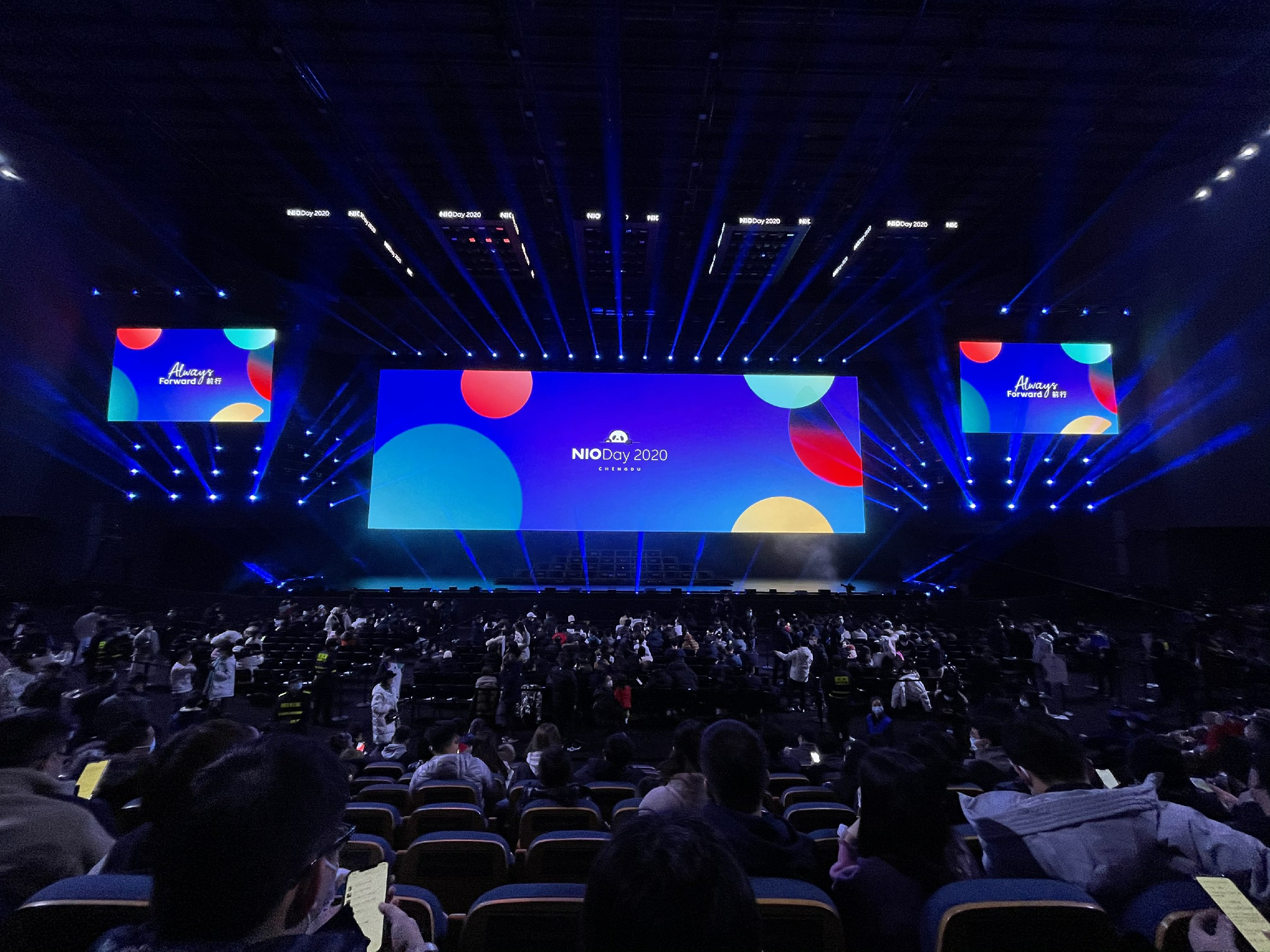
Due to the rental period of the venue, NIO Day crossed the year with us. Although it is delayed, compared with the previous two NIO Days, this year’s event is more “on fire” and has better content.
As a user-oriented company, NIO’s 2020 NIO Day settled in Chengdu, as the result of voting by all users. In addition, 263 NIO users participated in the program’s creative design and arrangement, and even the director of NIO Day was a NIO user.

But it doesn’t end there. 128 NIO car owners in Chengdu spontaneously formed a “pick-up volunteer” team to pick up and drop off car owners from other cities who came to participate in the event. The connection between them is not only emotional but also their identity as NIO car owners.

Since 2020, NIO’s sales have been gradually improving, making NIO Day not only a hot topic in the auto industry, but also attracting the attention of many competitors, and igniting investors’ enthusiasm in the stock market. As of January 9th Beijing time, NIO’s closing price reached $58.92, hitting a historical high.
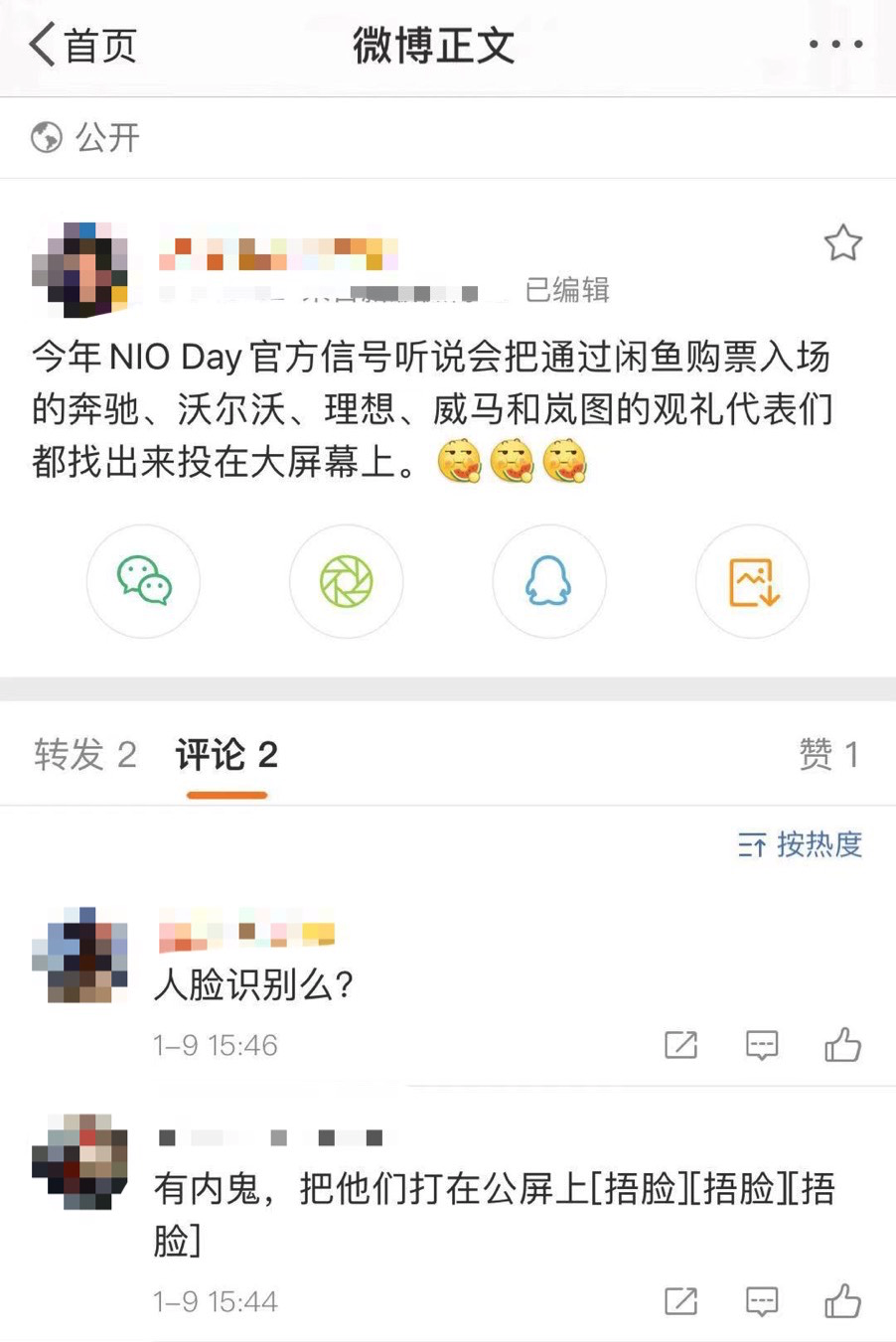

Now let’s take a look at what Li Bin, CEO of NIO, revealed in the 30 minutes of high-density information output after his appearance at NIO Day.

The first 150 kWh solid-state battery pack
There have been rumors about the 150kWh battery pack for a long time, but I was still shocked when I heard Li Bin officially announce it on the spot.
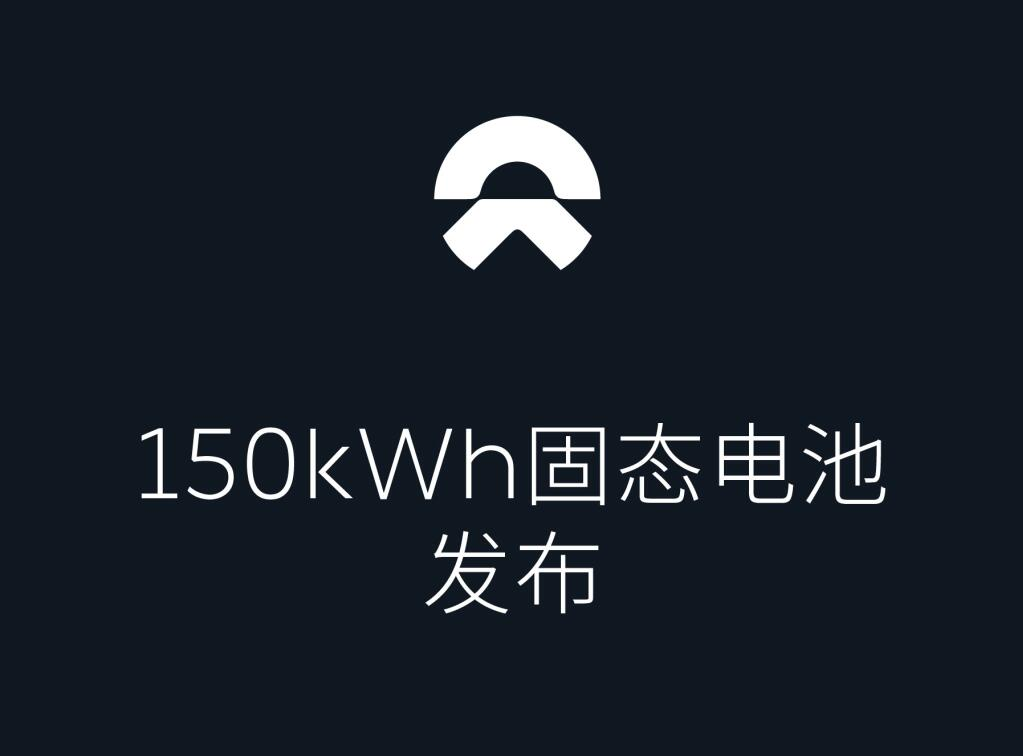 After all, on the one hand, the production capacity is still limiting the 100 kWh battery pack, and on the other hand, according to the previously used 70 kWh, 84 kWh, and 100 kWh batteries, the battery pack capacity of NIO has been increasing by 20% annually. However, this year’s battery pack capacity growth has directly reached 50%, and the battery capacity growth over the past 3 years has reached 114.3%.
After all, on the one hand, the production capacity is still limiting the 100 kWh battery pack, and on the other hand, according to the previously used 70 kWh, 84 kWh, and 100 kWh batteries, the battery pack capacity of NIO has been increasing by 20% annually. However, this year’s battery pack capacity growth has directly reached 50%, and the battery capacity growth over the past 3 years has reached 114.3%.
Let’s take a look at the detailed information:
- Battery capacity: 150 kWh
- Energy density of the battery pack: 360 Wh/kg
- In-situ solidification solid-liquid electrolyte
- Inorganic pre-lithiated silicon-carbon negative electrode
- Nanoscale coated ultra-high nickel positive electrode
Unfortunately, NIO did not disclose any supplier information at the launch event, so we cannot determine who will mass-produce the 150 kWh solid-state battery pack for now, but the flag for the time has been set: the fourth quarter of 2022.
Looking at it now, this time is indeed relatively long, but from an industry perspective, this production time is already 1-2 years shorter than the expected time in the industry.
After equipping the 150 kWh battery pack, the NEDC range of NIO’s vehicles on sale will reach about 900 km, exceeding the NEDC range of the old ES8 released more than 3 years ago, which will exceed 700 km. As for the current vehicles, the NEDC range of the new ES8 will reach 850 km, and the performance versions of ES6 and EC6 will be 900 km and 910 km respectively, all under the NEDC working conditions.
In addition, regarding battery iteration, Li Bin also mentioned that NIO is actually different from all other companies because they can independently iterate their batteries, so their motivation for battery iteration is stronger than other automakers. Therefore, they hope to speed up the production of solid-state batteries.
Known for not wanting to be behind, NIO always wants to be ahead of the industry chain in mass production.
NIO 7 Series
Most people are most concerned about NIO’s first flagship sedan, which, according to NIO’s co-founder Qin Lihong’s message in the NIO APP, is positioned at the same level as the BMW 7 Series. And according to insider information, when developing the new car, NIO disassembled an Audi A7 and a Porsche Panamera.When the ET7 was introduced, its body size immediately caught people’s attention. The three-dimensional length of the ET7 is 5098mm, the height is 1505mm, the width is 1987mm, and the wheelbase is 3060mm, making it a standard large car size. The streamlined design of the car also gives ET7 a wind resistance performance of 0.23.
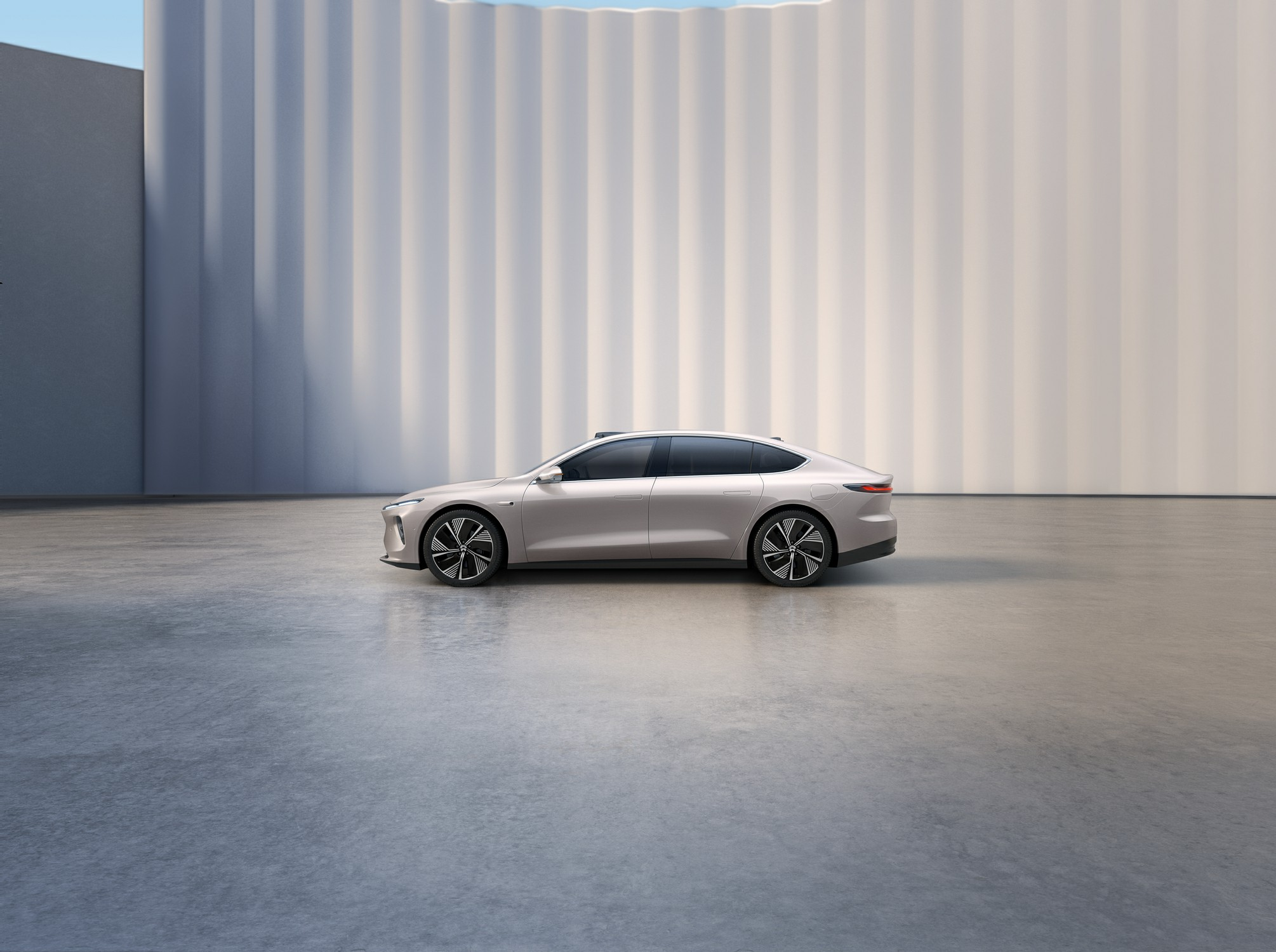
However, the exterior design of the ET7 has caused some controversy among car owners. Some people say it meets their expectations, while others directly say it’s “ugly,” and some have even initiated a vote on the appearance of the ET7.
Perhaps for this reason, Li Bin also shared a lot of thoughts on the appearance process after the conference. NIO’s typical X-Bar design is the most obvious facial feature of the ES6 and ES8, but it is more suitable for cars with a higher longitudinal dimension. The front face of an SUV may not be as suitable for a sedan.
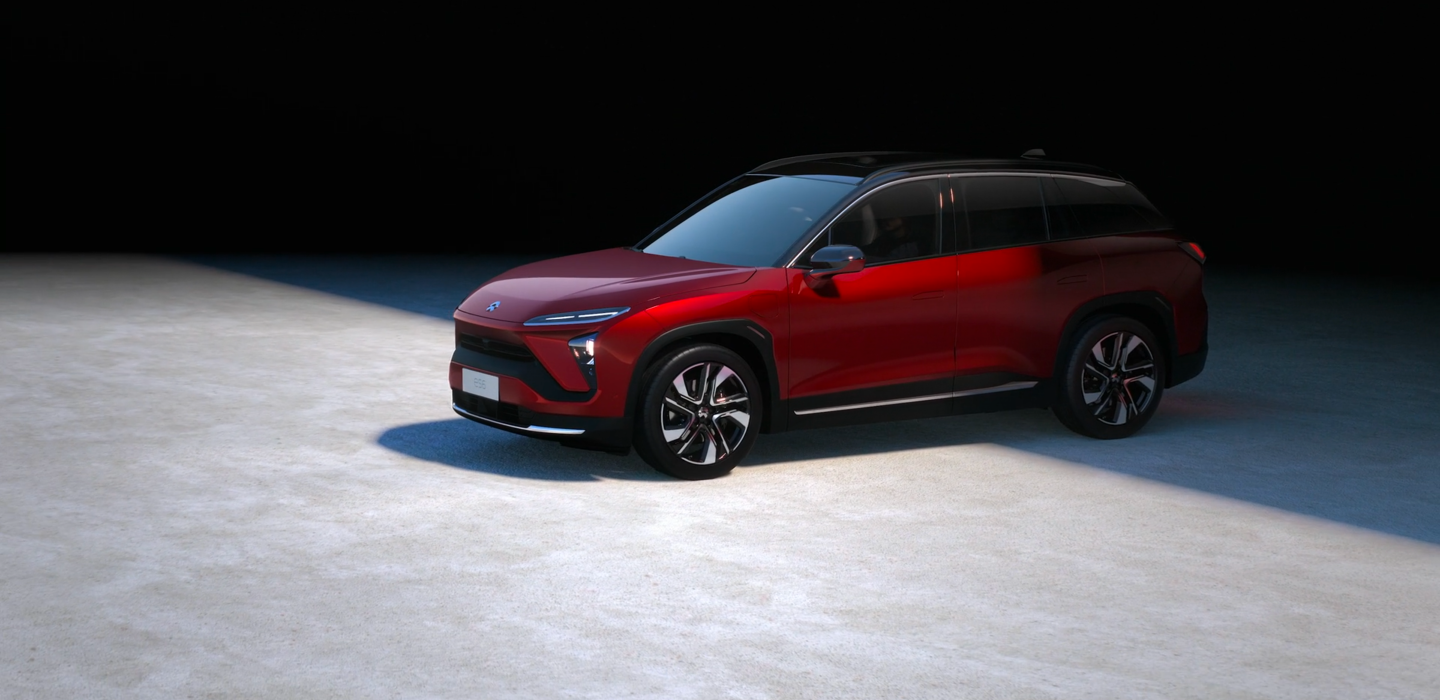
Based on the changes from ET Preview to ET7, Li Bin and Qin Lihong analyzed over 2,000 user feedbacks and found that most of the content was concentrated in the front face. So they believed that the soul of the ES8 should be retained, but the way it is implemented needs to be changed, which is why they came up with a different ET7.
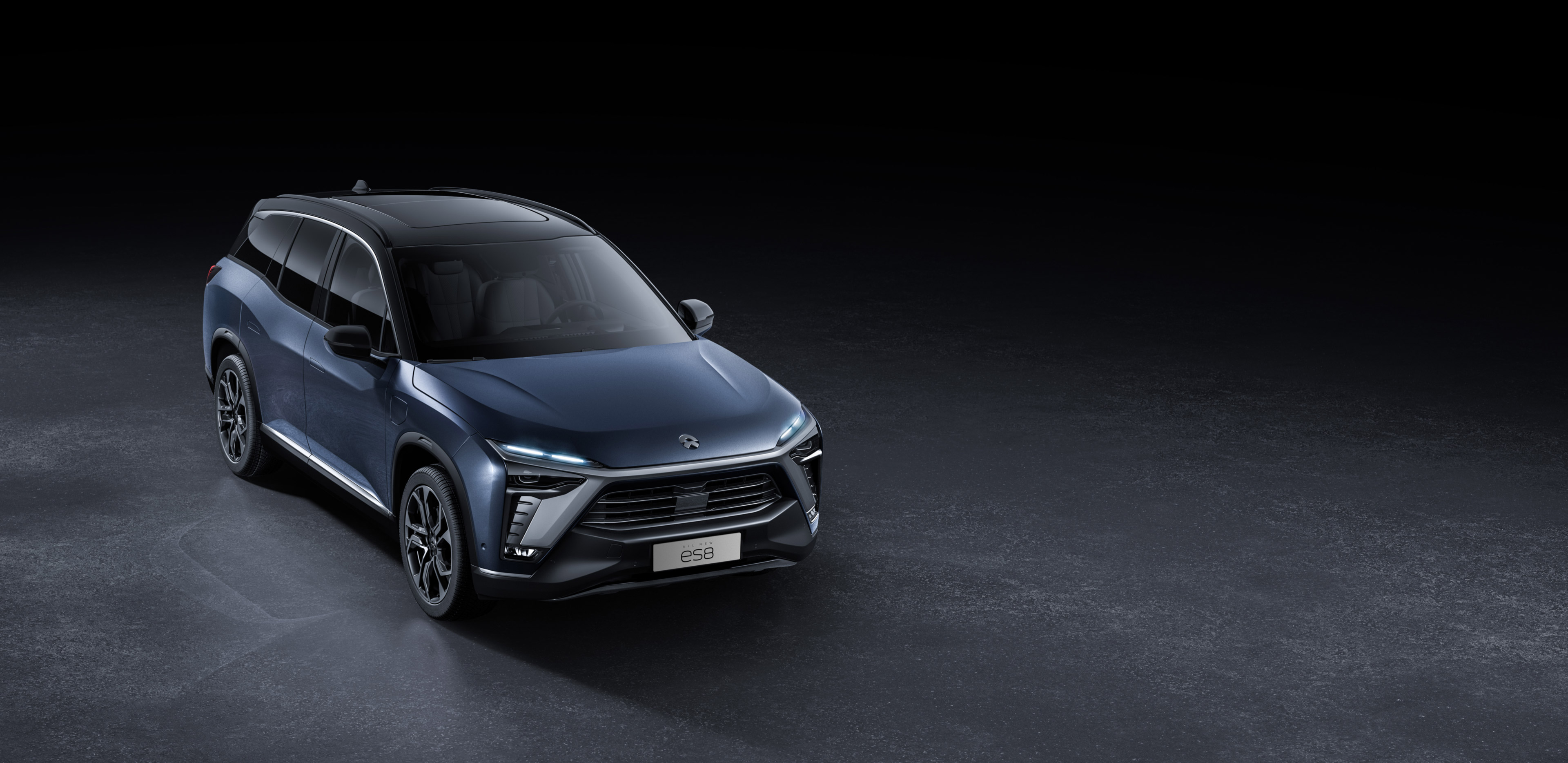
Of course, they also added that there are many subjective judgments that go into designing a car, and there is direction and philosophical thinking behind it. But ultimately, the final design is the result of endless arguments and debates in our review meetings.
As for the interior, NIO used hidden air conditioning vents for the first time, a design that is very similar to Tesla Model 3. Li Bin also specifically mentioned simplicity: the simpler something is, the less likely it is to become outdated. But the most important sentence is that this is a design suited for the age of autonomous driving.
If the design is simple, it makes it easier for a mechanical automobile product to have a longer life cycle and be better compatible with faster electronic or other smart products. These are some of the thoughts behind our design language. And this thinking, after Tesla, may become an industry consensus.
In addition, the ET7 comes standard with air suspension, electric suction doors, heated, ventilated and massaging front and rear seats, Microfiber top, air purification system, fragrance system, 23 speakers combined with a 7.1.4 immersive sound system, UWB digital key, 10.2 inch HDR digital instrument panel, 12.8-inch AMOLED central control screen, and other configurations.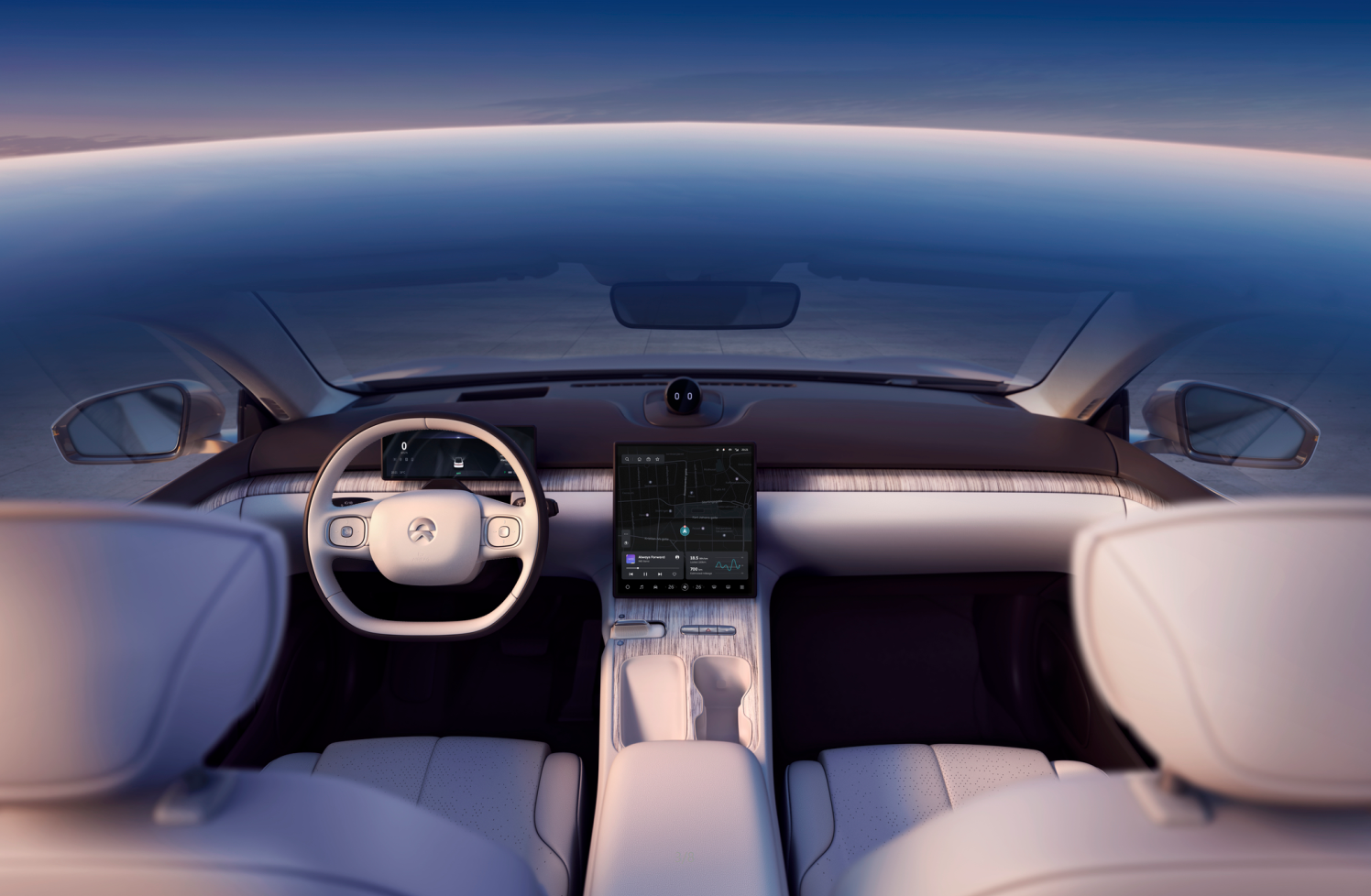
Surprisingly, NIO has also adopted the strongest standard configuration in history.
In fact, when the Shanghai sub-venue saw this, some old car owners exclaimed, “Will this car be sold for 700,000 RMB?”
As for the motor aspect, the ET7 is equipped with a dual-motor layout, which has a front 180 kW permanent magnet synchronous motor and a rear 300 kW induction asynchronous motor, with a total output of 480 kW and 850 Nm. The vehicle’s acceleration performance can reach zero to 100 km/h in 3.9 seconds, and in combination with Brembo’s four-piston calipers, it has an excellent braking distance of 33.5 meters.
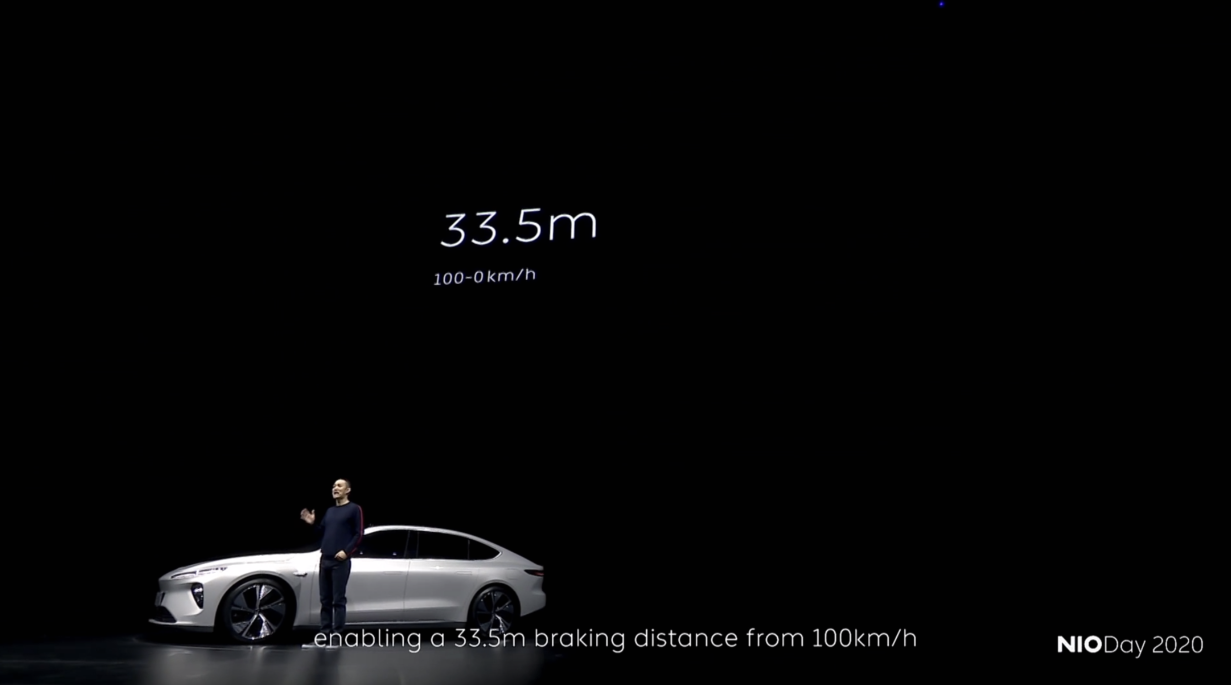
In terms of range, the vehicle’s range exceeds 500 km with a 70 kWh battery, exceeds 700 km with a 100 kWh battery, and exceeds 1000 km with a 150 kWh battery, all based on NEDC standards. Range has always been NIO’s weakness. This time, the release of the 150 kWh battery seems to have solved this problem. However, looking back, there is still nearly two years of delivery time and an unknown price, which adds some uncertainty to completely solve the range problem.
In addition, the traditional key used in cars that owners have long complained about will be replaced by the UMB digital key installed on the ET7, with a positioning accuracy of centimeters. NIO owners can now “abandon keys.”
Finally, the ET7 is priced at 448,000 RMB for the 70 kWh battery, 506,000 RMB for the 100 kWh battery, and 526,000 RMB for the limited first edition, and all support BaaS plans, with a pre-pay deposit discount for the vehicle.
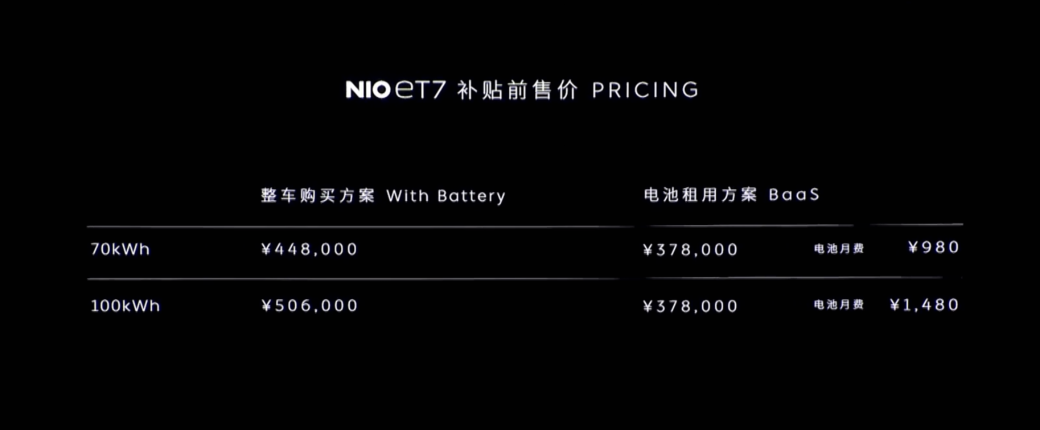
Regarding the price, I only have one sentence: I have ordered the 70 kWh version.
No Need for Assistance (NAD)
What surprised me the most was NIO’s autonomous driving system, NAD. The configuration parameters kept coming one after another, making me feel like it was not Li Bin standing on the stage at the moment.
NIO first proposed to build an autonomous driving system during the event, although it avoided the definition of the L5 level, it was very clear that it aimed to implement autonomous driving in four scenarios: highway, urban areas, parking, and battery swapping, and establish full-stack autonomous driving development capabilities. Based on this goal, NIO consecutively launched several major products, including the NIO Super Sensing System AQUILA, the NIO supercomputing platform ADAM, autonomous driving algorithms and the autonomous driving vehicle platform including the NVOS operating system.First, let’s look at the configuration of the NIO Aquila super sensing system, which is equipped with 33 high-performance sensing hardware, including:
- 11 8-megapixel HD cameras
- 1 long-range high-precision LiDAR
- 5 millimeter-wave radars
- 12 ultrasonic sensors
- 2 high-precision positioning units GPS + IMU
- 1 vehicle-to-everything communication V2X
- 1 enhanced driver perception
Among these configurations, the primary focus is the LiDAR located on the roof of the NIO ET7 sedan. XPeng and ARCFOXxu were earlier in releasing models with LiDAR, putting NIO, which has always been used to leading on configuration, in a somewhat passive position, and also creating high expectations among most users for the LiDAR model used by NIO.
Before NIO Day, there were many speculations about NIO’s LiDAR, but NIO did not use the previously speculated DJI, Huawei, or Luminar, but instead used Innovusion, a domestic company located in Suzhou with which NIO Capital, NIO’s own capital company, participated in Series A investment in 2018.
A little more about NIO Capital and Innovusion: NIO Capital is a private equity fund jointly launched by NIO Auto, Sequoia Capital, and Hillhouse Capital.
Innovusion, on the other hand, is headquartered in Silicon Valley and was founded by Bao Junwei, a physics graduate from Peking University in 1996, who was also the Director of Baidu’s Autonomous Driving Division in 2016, and he was the one who conducted the technology due diligence for Baidu’s investment in Velodyne, a LiDAR company.
Now back to the topic, the parameters of the Aquila LiDAR used by NIO: firstly, it is a 300-line product with a 1550-nanometer wavelength and a maximum detection distance of 500 meters.
Most importantly, this LiDAR operates at a 1550-nanometer wavelength, using a sentinel tower layout that can recognize vehicles 687 meters away, ice cream cones 262 meters away, and humans 223 meters away. These data are already approaching human-level perception.
Another advantage of the 1550-nanometer wavelength LiDAR over the 905-nanometer wavelength LiDAR is not only that it is eye-safe, but more importantly, it can enhance the LiDAR’s power and penetration in dense fog.
However, I have searched the entire internet and have not found how Innovusion solves the cost problem of indium gallium arsenide receiver sensors needed for 1550-nanometer wavelength. If anyone knows, please leave a comment below.And as for the chip, the most crucial thing is that NIO’s new car will be equipped with 4 NVIDIA DRIVE Orin chips, which can process 32 GB of data per second, with a computing power of an astonishing 1016 Tops. In this situation, I remembered my colleague Leinhardt’s vexing words, “Has NIO ever lost in terms of hardware?”
As for why 4 chips are used, in a media interview after the press conference, Li Bin said that the computing power of autonomous driving is about to enter an explosion period, and it will increase rapidly in the next 3-5 years. We have fully utilized 4 Orin chips in one architecture, considering the future growth in computing power. On the other hand, as you can see, these sensors need so much computing power.
In addition, regarding the payment method for NAD, only monthly payments of RMB 680 are supported. Old car owners can use the rights to select options at a 40% discount or full packages at a 70% discount.
No more waiting for battery swapping
In the above few important pieces of information, the release of the second-generation battery swapping station is the content that is most relevant to old car owners. As the experience of waiting in line for hours for battery swapping is very poor now, improving the efficiency of individual battery swapping stations and deploying more battery swapping stations is crucial.
First of all, in terms of improving efficiency, the second-generation battery swapping station can accommodate 13 batteries as standard, occupying 4 parking spaces, four times the service capacity of the current first-generation battery swapping station, with an average of 312 services per day. The most important thing is that the next battery swapping can be started with one-click auto-parking and automatic battery swapping inside the car, without the car owner getting out. Finally, I no longer have to get out of the car to swap batteries in the cold winter, shivering with coldness, which is my inner OS.
In terms of the number of battery swapping stations, according to Qin Lihong’s statement at a media meeting in Hainan, the site selection work for the second-generation battery swapping station has been completed, and the remaining issue is the production capacity of the second-generation battery swapping station. NIO’s goal this year is to accumulate 500 battery swapping stations nationwide. Currently, there are only slightly more than 170 battery swapping stations, and the difference is about 330. If the deployment starts after the Spring Festival, the speed of deploying one battery swapping station per day will just be enough to achieve the goal.Is the cancelled lifetime free battery swap suddenly appearing on ET7? This move may still upset those who just received their cars and expect to swap batteries six times a month.
Closing Words
The song “Self Cultivation of Electric Car Owners” almost made the “Unluckiest Person of 2019” cry at NIO Day. “Moving Forward to the Future” at NIO Day 2020 became NIO’s most high-profile declaration.
This year’s NIO Day has the highest information density so far, and the hardware configuration is almost the best in the world. In an interview after the conference, Li Bin believed that “in the short term, BMW, Mercedes-Benz, and Audi are undoubtedly our competitors for NIO as a brand. In the long run, I think Apple may be a long-term competitor for us.”
NIO tried to present itself as a leader in the intelligent era at this conference, which may be a radical result of Li Bin’s view of Apple as a competitor. However, whether NIO’s software R&D capabilities can keep up and when NAD’s final form can be achieved remains a question mark for us and also a problem that NIO will have to solve in the future.
But what we are even more delighted about is that the war of the intelligent car era has officially begun.
This article is a translation by ChatGPT of a Chinese report from 42HOW. If you have any questions about it, please email bd@42how.com.
